
It's raining, it's pouring, and if you're wondering how to manage your garden after too much rain, you absolutely aren't alone.
It's funny, really: the UK is so synonymous with wet weather, yet the majority of our favourite garden ideas are all pinned on the slim hope that we'll be getting a sunny summer.
However, it seems likely we'll still need to invest in drought tolerant plants and other climate-based garden trends, especially if Monty Don's latest comments are anything to go by.
'Weather is one thing and climate another, and the latter is steadily getting warmer and bringing erratic weather in its wake,' he writes in his popular gardening blog.
How to manage your garden after too much rain
While heavy rainfall is undoubtedly better for our gardens than scorching hot temperatures, there are still more than a few things we need to do to protect our boggy garden borders, more temperamental edimentals, and unexpectedly overwatered plants.
With that in mind, then...
1. Assess the situation
It is important to 'assess the garden's condition to identify the extent of damage caused by heavy rainfall,' says Morris Hankinson, founder and managing director at Hopes Grove Nurseries.

To do this with a gardener's keen eye, Morris advises that you 'look for signs of waterlogging, erosion, damaged plants, and standing water.'
Cover over any newly-exposed roots with fresh soil or compost, and try to make the most of the soft soil and tackle any new weeds before they choke your plants.
2. Improve the garden's drainage system
To prevent waterlogging, it is important to improve the garden's drainage system.
'Ensure that gutters are clear,' says Morris, 'and create gentle slopes to direct water away from sensitive areas.'
If you are looking ahead to next summer, it's worth thinking about 'reducing hard surfaces to allow rainwater to drain away in the garden,' says Chris Bonnett, founder of GardeningExpress.co.uk.
'Hard landscaping has a place in our gardens, but make sure you have grassed areas, flower beds and vegetable patches to soak up the rain.'
3. Aerate the soil
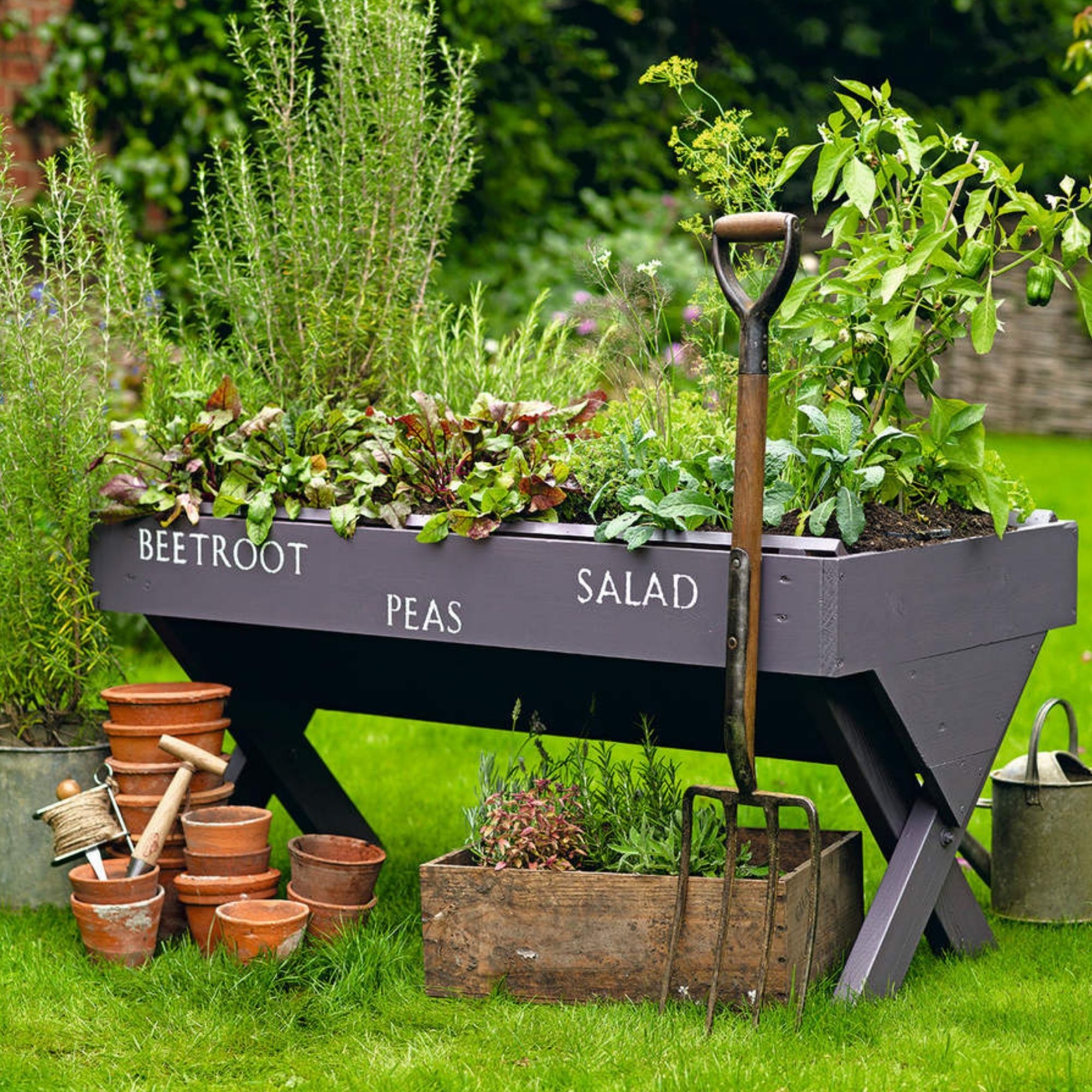
Don't leave your soil sitting their looking boggy and sodden: instead, grab a garden fork and set to work.
'Compacted soil from heavy rain can suffocate plant roots and hinder water absorption,' says Morris. 'Make sure you aerate the soil by using a garden fork or similar to improve airflow and water penetration.'
4. Boost the quality of your soil
It's always a good idea to incorporate organic matter like compost or well-rotted manure into the soil.
'Improving your soil will improve drainage so dig in plenty of organic matter to get it in top condition,' says Chris.
Mulch, too, 'helps regulate soil moisture levels by reducing evaporation and preventing excessive water absorption,' adds Morris.
'Apply a layer of organic mulch around plants, but avoid piling it against stems to prevent rot.'
5. Check in on your potted plants
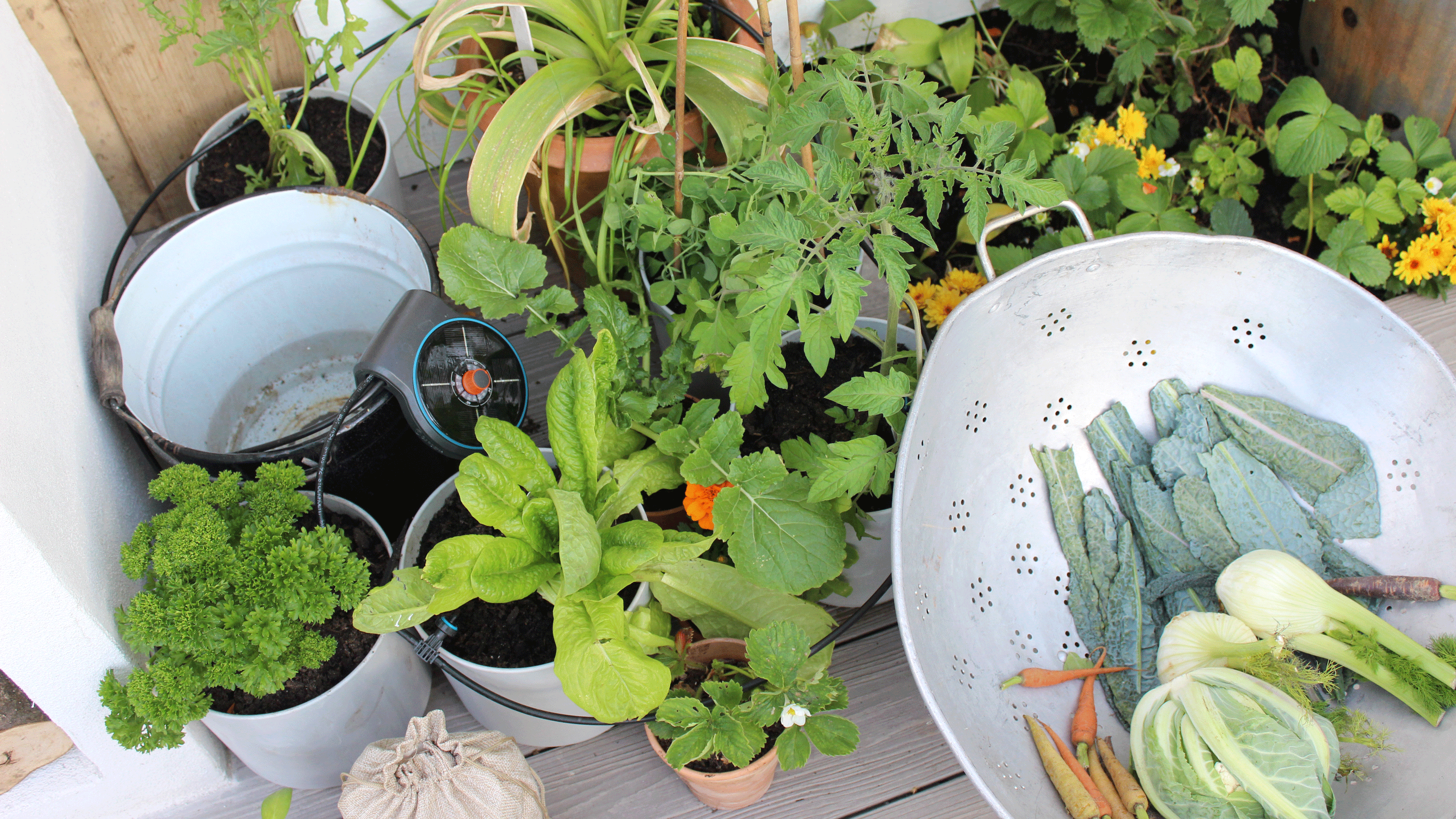
When it comes to plants in pots and containers, you may want to check the weather forecast and move these underneath some shelter if heavy rain is scheduled.
'Pot feet can be used to elevate pots to improve drainage so that they are not sitting in water for too long,' adds Chris, who also advises digging some organic matter into the soil of your container plants to keep them from getting too boggy.
6. Deal with standing water
If there are areas with standing water, try to remove it using buckets or pumps.
'Standing water can lead to root rot and attract pests, so it's essential to eliminate it as soon as possible,' says Morris.
You can, of course, repurpose this rainwater around your home: a rainy summer is actually a good thing for your houseplants!
7. Start rain harvesting
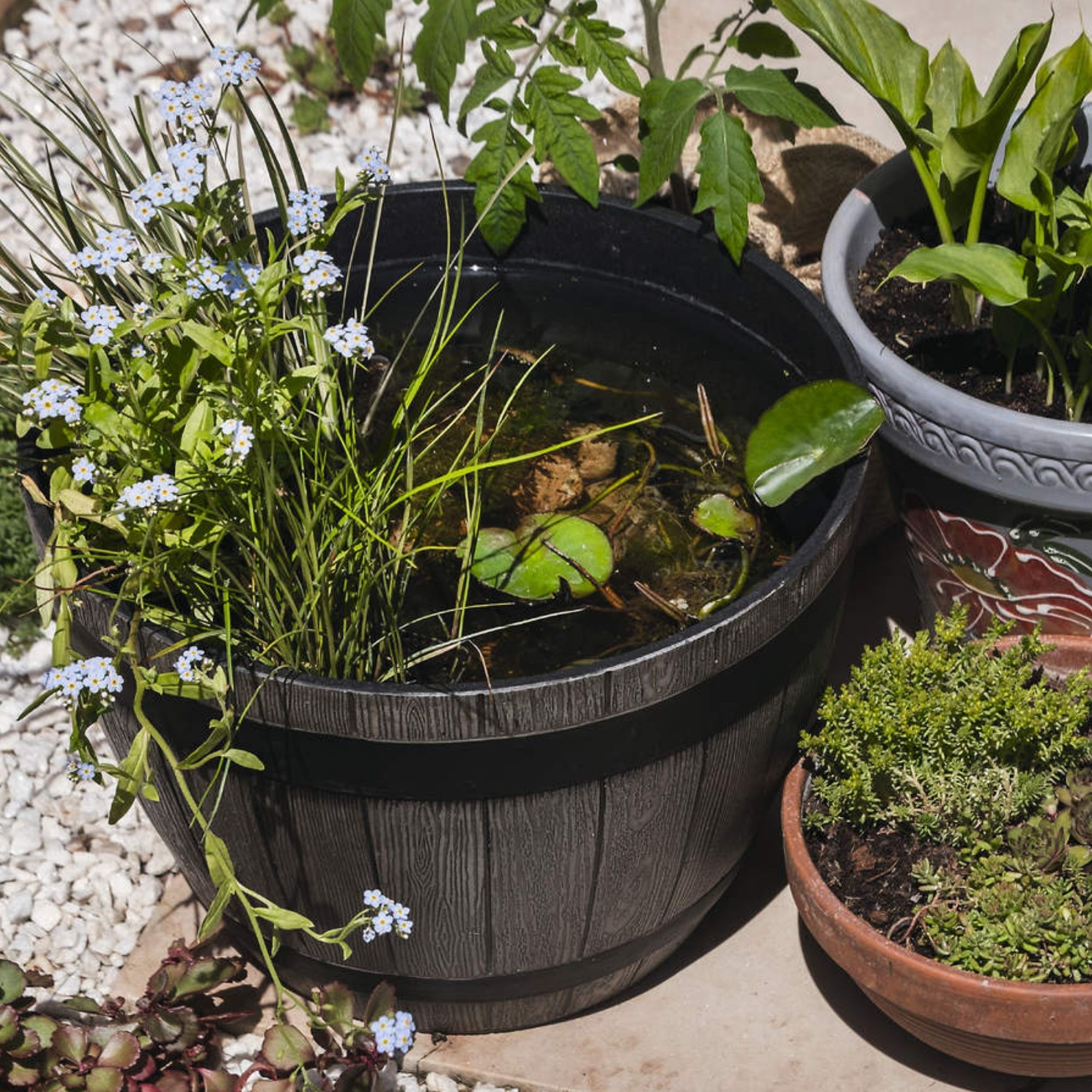
Rain harvesting is going to become more and more important for gardeners as these erratic summers continue, so it's important to start now.
'Collect rainwater by installing a water butt, rain barrel, or rain chain,' says Chris.
'When we do have water restrictions in place, you should have enough to keep your garden looking good.'
8. Check for pests and diseases
Excessive moisture can create favourable conditions for pests and diseases.
'Regularly inspect your plants for any signs of infestations or infections, and take appropriate measures if needed,' says Morris.
Keep an eye on your GYO in particular, as 'a lot of vegetable crops are subject to mildew like lettuce, radishes, cucumber and tomatoes,' says Chris.
Again, you can battle mildew by mulching your soil, pruning plants to help increase air circulation, and taking steps to reduce humidity, too.
9. Adjust your watering schedule
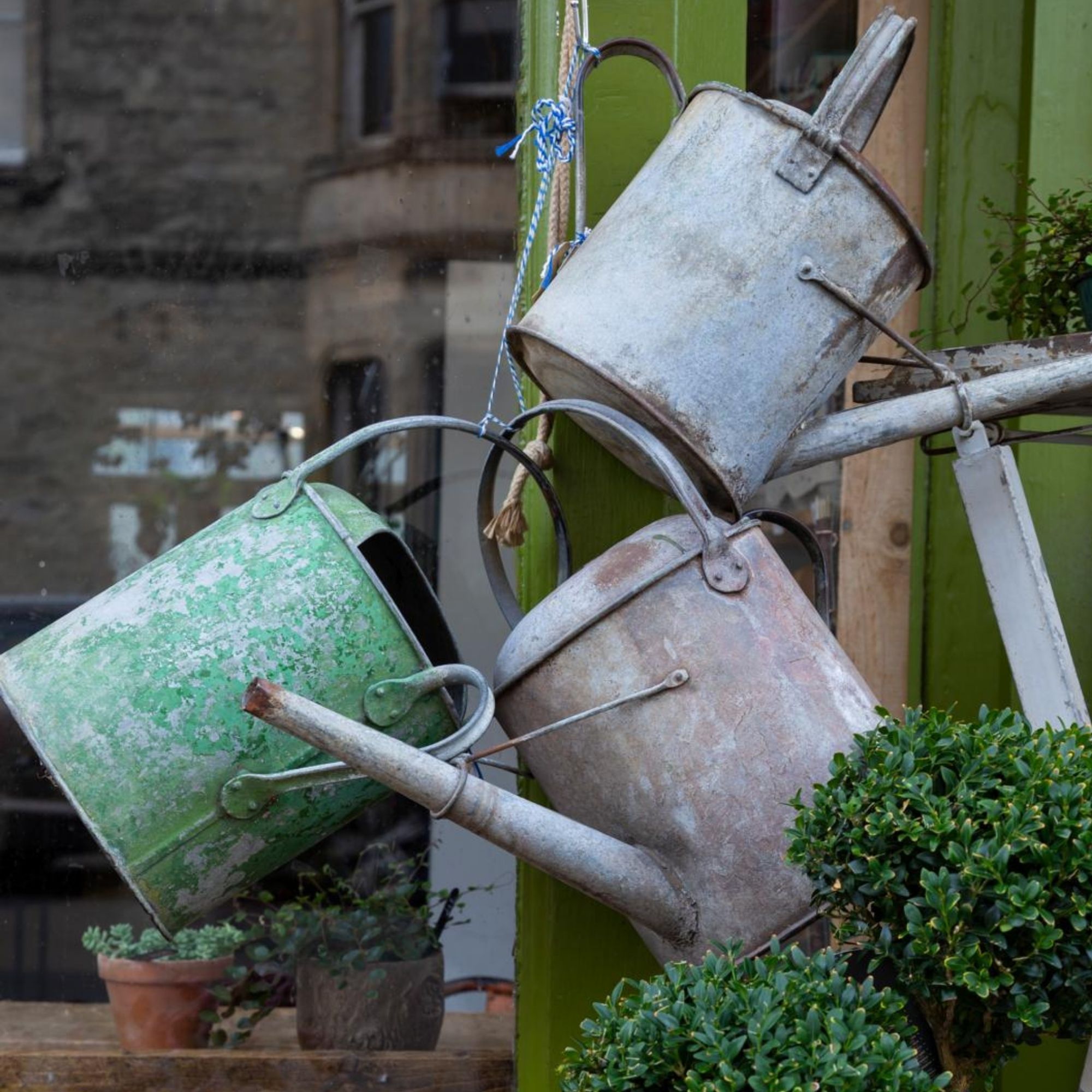
It should go without saying, really, that you will need to adjust your watering schedule to account for the extra rainfall.
'Use the finger test to check soil moisture before watering, and water only when the top inch of soil feels dry,' advises Morris.
Remember: it is always easier to save an underwatered plant than it is an overwatered one.
10. Get staking
Heavy rainfall can cause some larger plants to get a little wobbly, so it's time to make like Buffy the Vampire Slayer and get staking.
'Use stakes or plant supports to prop them up and help them regain their upright position,' says Morris.
Ensuring a stable environment for your waterlogged plants is the best way to ensure optimal growth. And, while you're at it, remove any damaged leaves at the same time.
11. Replenish your plants
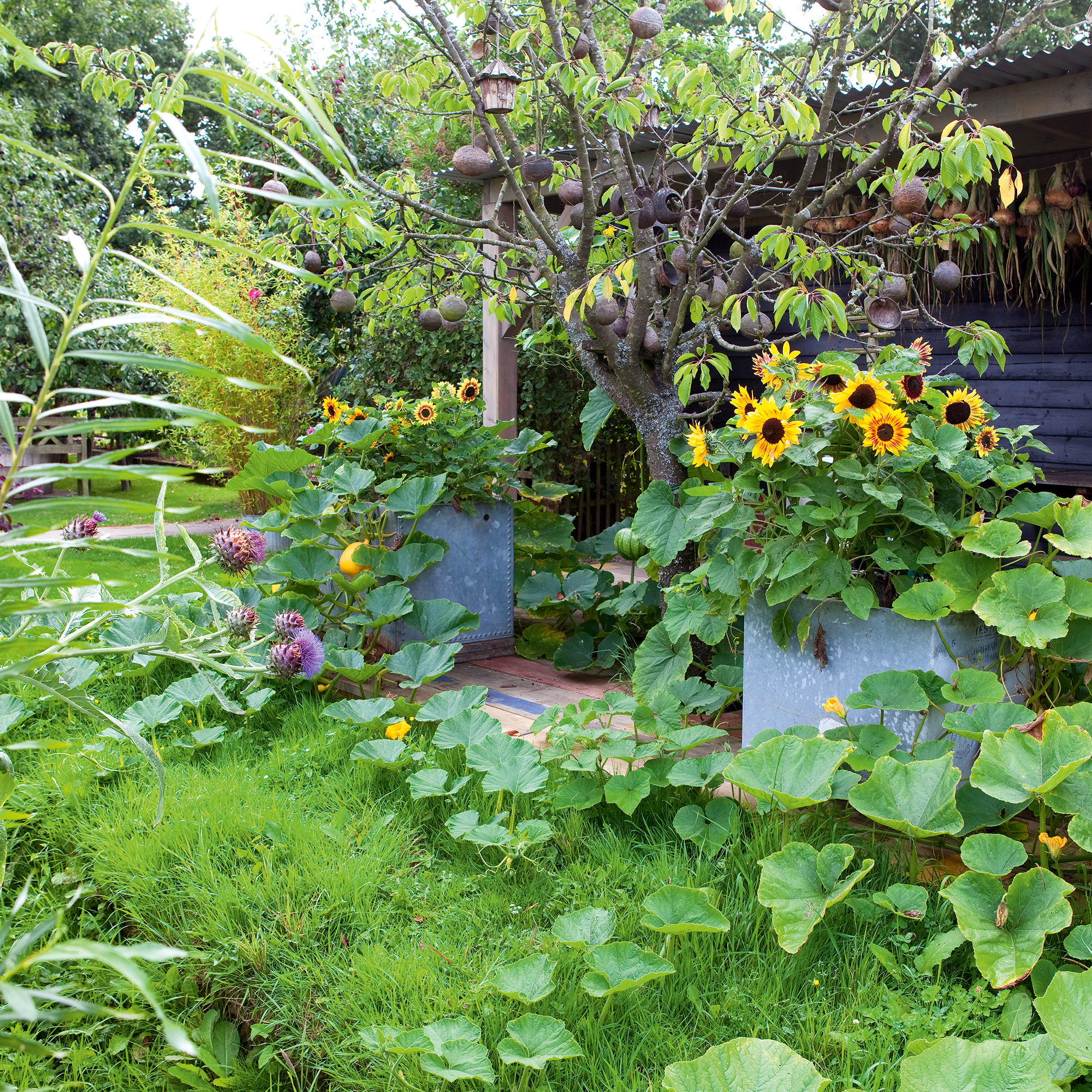
Rain can wash away the vital nutrients that your plants (particularly your vegetable crops) need to thrive.
To that end, it's important to add compost or organic fertiliser to your soil to give your plant babies a good feed. It's the least you can do for them and their poor soggy feet, quite frankly.
12. Start deadheading
Whether you're looking to deadhead dahlias, roses, or hydrangeas, it's important to set to work now and start trimming away any spent or damaged flowers. That way, you're guaranteed a few more blooms over the weeks ahead.
14. Think about the future
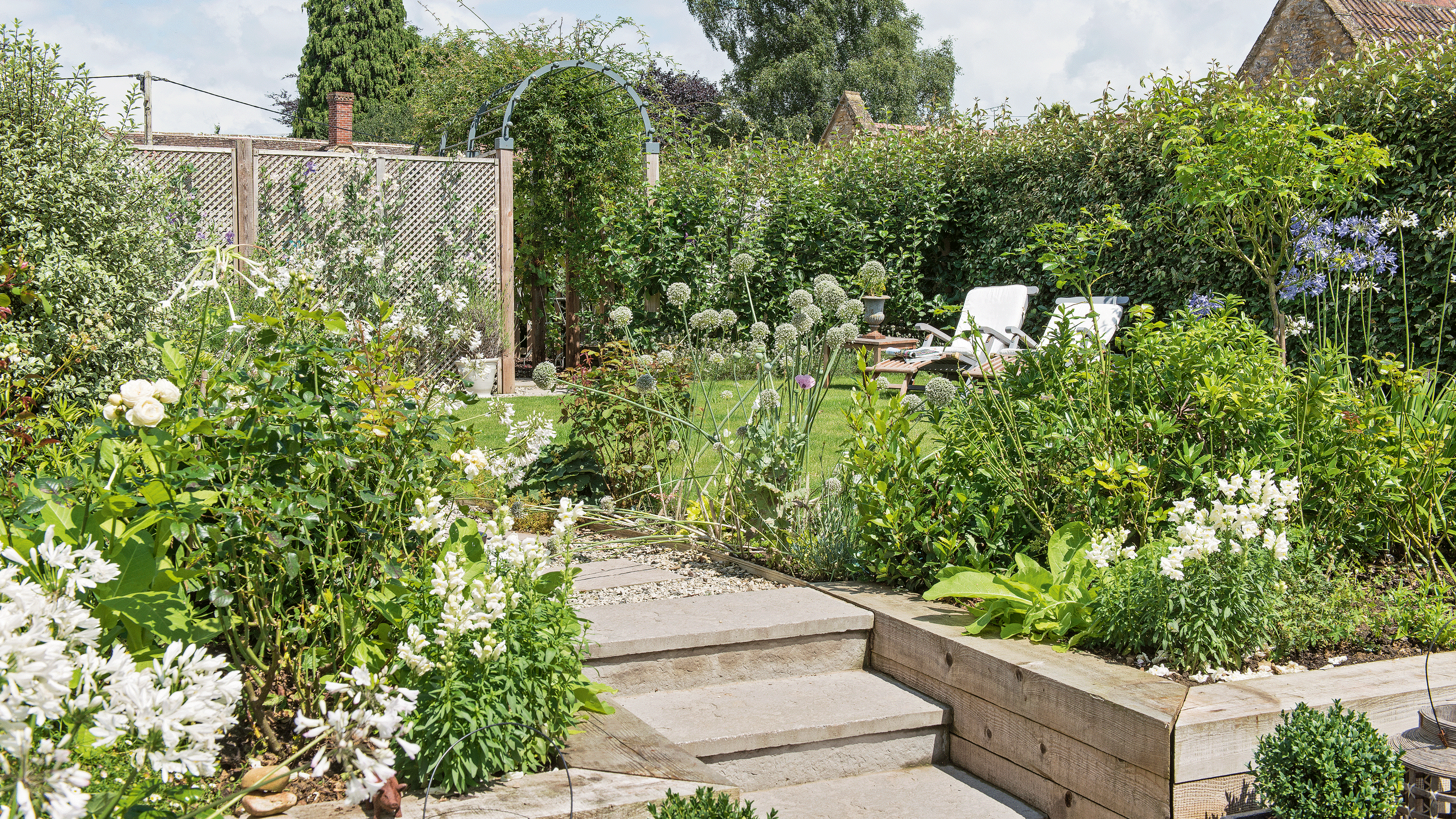
If your garden has suffered during this bout of heavy rainfall, it's a good idea to think about how you can avoid these same problems in the future.
' Consider planting more resilient and water-tolerant varieties in your garden to withstand future heavy rainfalls better,' suggests Morris, 'and rotate crops to reduce the risk of diseases that may develop due to excess moisture.'
Chris, meanwhile, suggests investing in some raised beds ahead of the next big planting season.
'Raised garden beds – or even a spot of hugelkultur – is a good option if your garden is prone to excess surface water,' he says.
A rock bed, too, is another thing to consider, as it will enhance your landscape and protect natural waterways. Winner!
15. And keep an eye on the sky
The most important thing you need to start doing for your garden, obviously, is keeping one wary eye on the clouds overhead. Or, y'know, the weather app on your phone.
'Stay informed about upcoming weather conditions and plan your garden management accordingly,' warns Morris. 'And be prepared to take preventive measures if heavy rain is predicted.'
Hmm. When you consider the fact that we're already using the daily forecast to help us adhere to the 3-hour rule for gardeners, that shouldn't be too much of a problem...
What do I do if my garden is too wet?
If your garden is really wet, it's important to improve the drainage. One a short-term basis, you can clear gutters, create gentle slopes to drive water away from your plants, aerate the soil, and add mulch or well-rotted organic matter to regulate soil moisture levels.
On a long-term basis, you might also consider incorporating raised beds or a rock garden – and work to reduce hard surfaces wherever you can, too.







